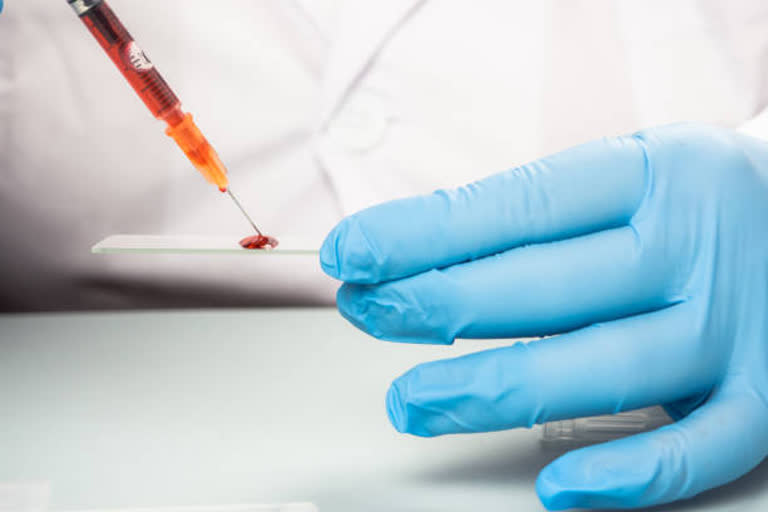Hyderabad: The risk of being infected by parvovirus is increased in people with blood group Rh(D), according to a study published in The Journal of Infectious Diseases by researchers from Karolinska Institutet in collaboration with Octapharma.
Fifth disease is a viral disease caused by parvovirus. Children of school age are most often affected with common symptoms such as a red rash on the cheeks that can also spread to the arms and legs. Adults can also be infected, but many do not show symptoms. Now researchers show in a new study that the risk of suffering from the disease is increased if the person belongs to the blood group Rhesus D antigen or what is known as Rh(D). Apart from blood group determination with the AB0 system, the Rh system is the most common.
All infected belonged to Rh (D): Just over 160,000 blood donors in Germany were screened for parvovirus between 2015 and 2018. Of the blood donors, 22 people were infected by the virus. All infected persons belonged to the Rh(D) blood group.
Also read:Successful tests in animal models pave way for strategy for universal flu vaccine
It is a large and as yet undescribed finding that may mean that Rh(D) is important when the virus is to enter the host cell and perhaps even a new, as yet unidentified cellular receptor for the virus, says Rasmus Gustafsson, associated researcher at the department of clinical neuroscience at Karolinska Institutet and project manager at Octapharma.
Women were overrepresented: The researchers could also see that the risk of infection was elevated during the summer months. In addition, it appears that women, as well as people aged 31 to 40 have an increased risk of infection.
At that age, you often have small children. We already know that young children get infected at preschool and then infect their parents. So the age and gender distribution may be a reflection of the fact that women to a greater extent than men work in caring professions and take care of children, says Rasmus Gustafsson. The study was carried out in collaboration with the company Octapharma, where several of the co-authors are active.
